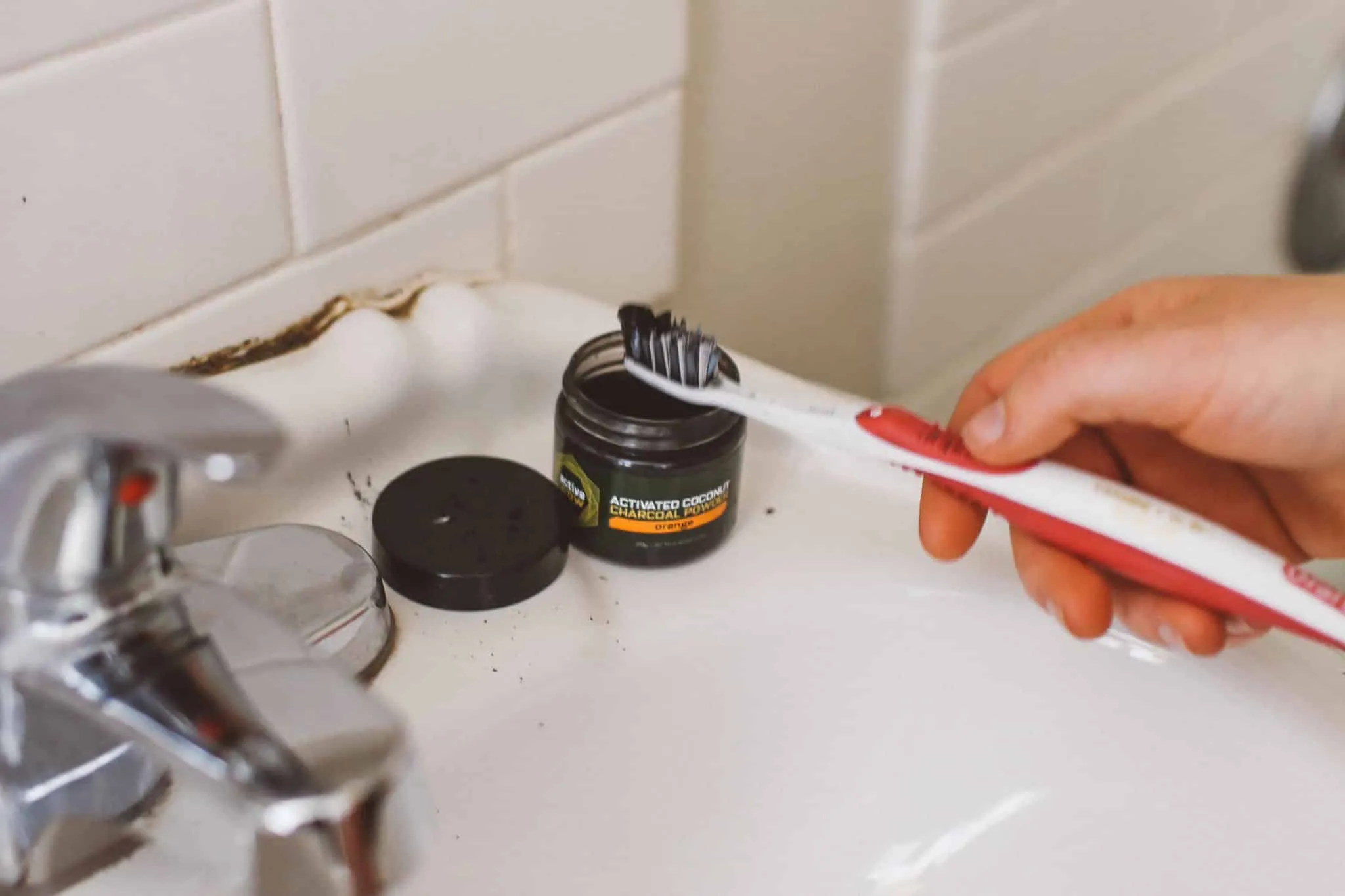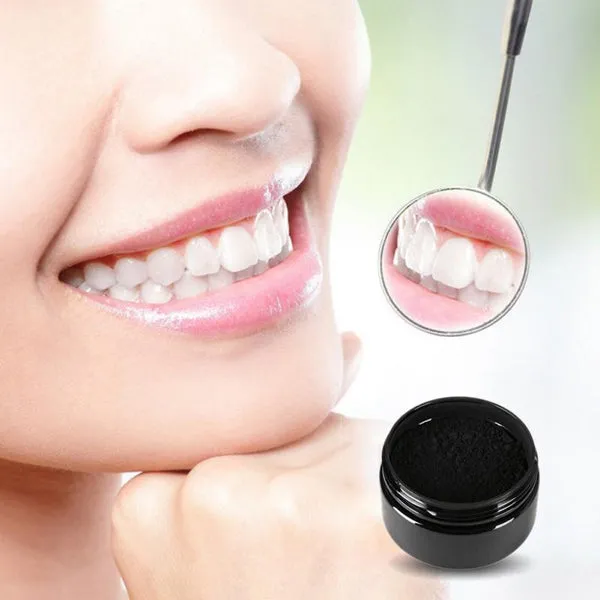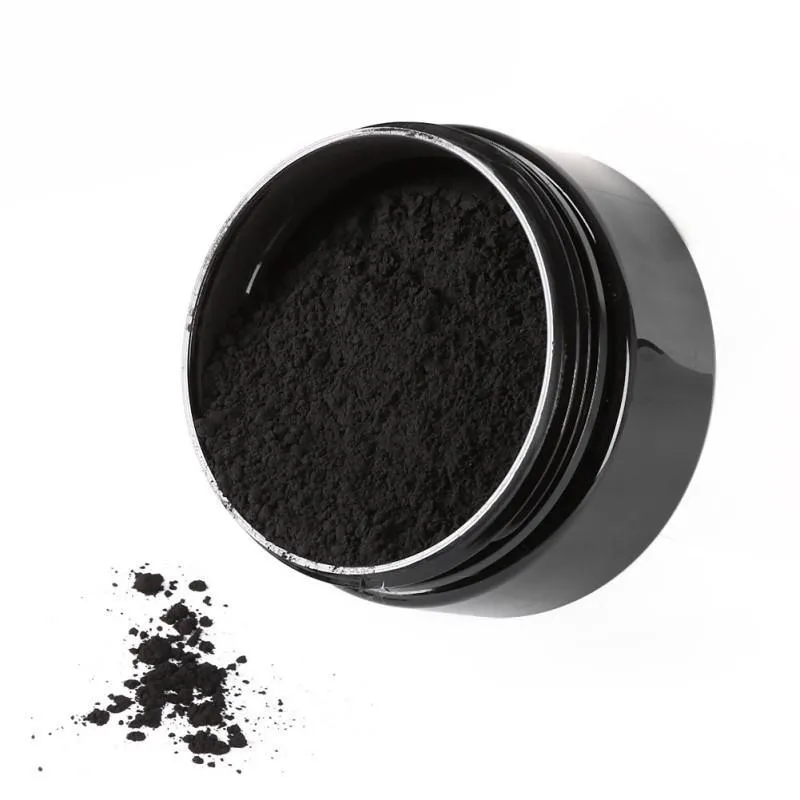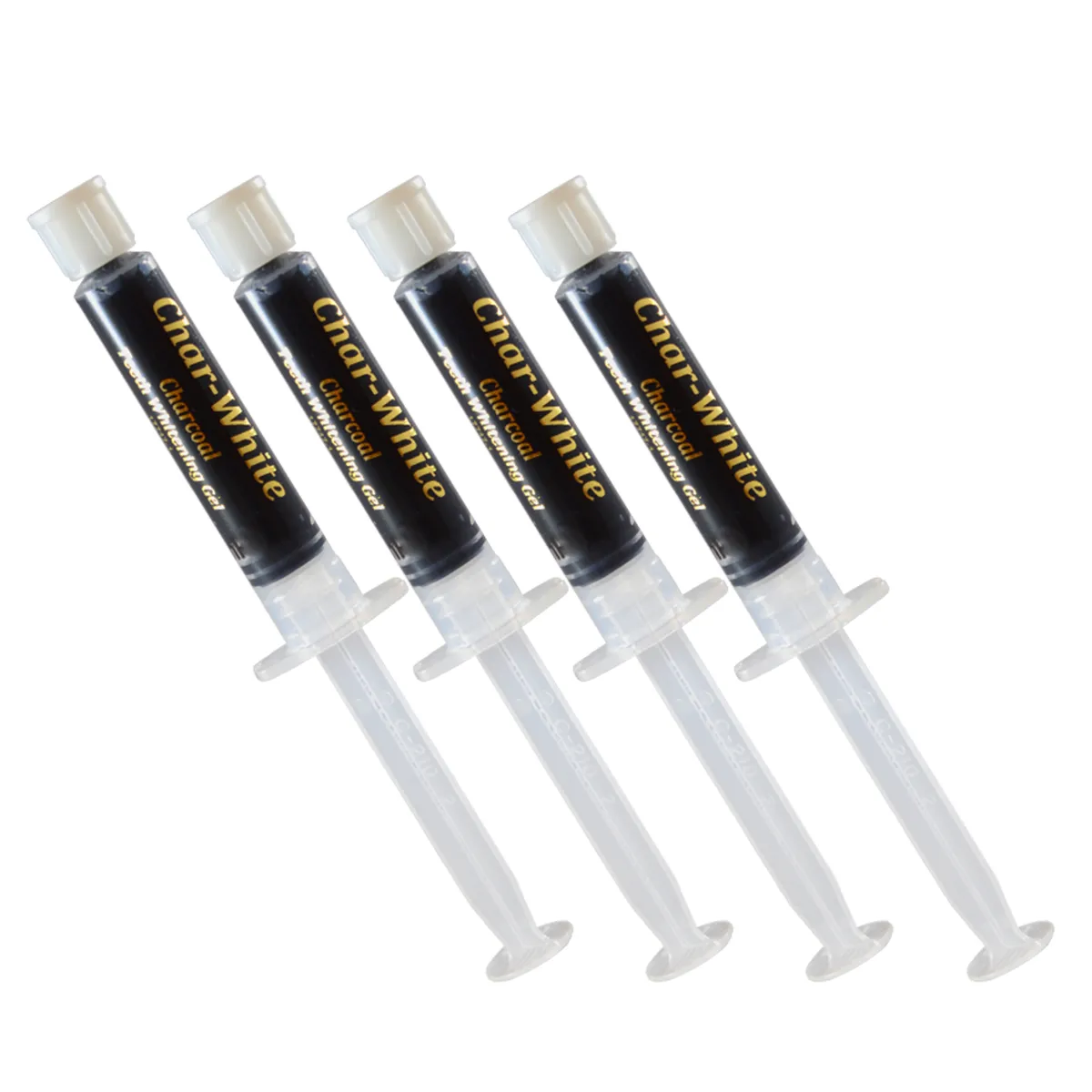What is Activated Charcoal and How Does It Work?
Activated charcoal has become a popular home remedy for teeth whitening, but what exactly is it, and how does it work its magic? It’s a fine, black powder made from various materials like coconut shells, wood, or bamboo, that have been heated to create charcoal. This charcoal is then ‘activated’ by exposing it to high temperatures and/or chemicals to increase its porosity. This process creates tiny pores that trap chemicals and other substances, which is what makes it effective at absorbing impurities. In the context of teeth whitening, activated charcoal’s abrasive nature is thought to help remove surface stains from the teeth, leading to a brighter smile. However, it’s important to approach its use with caution and understanding.
The Science Behind Activated Charcoal for Teeth Whitening
The primary mechanism behind activated charcoal’s purported teeth-whitening abilities lies in its absorbent properties. As you brush with activated charcoal, its porous surface latches onto stains, such as those from coffee, tea, and wine, which are then rinsed away. This process effectively removes these external stains, contributing to the perception of whiter teeth. The scientific evidence supporting its effectiveness is, however, limited. Most studies are small or have yielded mixed results. While some users report positive outcomes, it’s crucial to understand that activated charcoal doesn’t change the intrinsic color of your teeth. For deeper, inherent discoloration, professional treatments like bleaching performed by a dentist are needed. Moreover, the abrasiveness of charcoal can sometimes lead to enamel erosion if used improperly or excessively, which can potentially lead to heightened tooth sensitivity over time.
Where to Buy Activated Charcoal for Teeth Whitening

Finding activated charcoal for teeth whitening is relatively easy, as it’s widely available both online and in brick-and-mortar stores. You can purchase it from various retailers, including drugstores, health food stores, and supermarkets. When buying, it’s crucial to make sure that the product is food-grade activated charcoal, as it’s safe for internal use. It typically comes in powder form, but you can also find it in toothpaste, toothbrushes, and other oral care products. Online marketplaces such as Amazon, provide a vast selection of activated charcoal products, offering convenience and often competitive prices. However, always check reviews and choose products from reputable brands to ensure you’re getting a high-quality product. Be cautious of unverified claims and overly promotional language; it’s best to read several user experiences before making a choice.
Choosing the Right Activated Charcoal Product
When selecting activated charcoal for teeth whitening, consider the product’s form and ingredients. While pure activated charcoal powder is a popular choice, pre-mixed toothpastes, and charcoal-infused toothbrushes are other available options. If you choose a powder, look for a fine consistency to minimize abrasiveness. Also, examine the ingredients in any pre-mixed products. Avoid those with harsh chemicals or excessive additives. Some products include natural flavors like mint, which can improve the brushing experience. Also, consider the brand’s reputation and customer reviews. Reading user feedback can provide valuable insights into product effectiveness and potential side effects. Finally, check for certifications from relevant organizations, as this can provide an additional level of assurance regarding product safety and quality. If you have sensitive teeth, opt for a product specifically designed for sensitive use or consult a dentist before incorporating activated charcoal into your oral care routine.
How to Use Activated Charcoal to Whiten Teeth
Using activated charcoal for teeth whitening requires a few simple steps. First, wet your toothbrush. Then, dip the bristles into the activated charcoal powder or apply the charcoal toothpaste. Gently brush your teeth for two minutes, paying attention to all surfaces. After brushing, rinse your mouth thoroughly with water to remove any remaining charcoal particles. It’s important to note that the charcoal can stain sinks and other surfaces, so be careful while brushing and rinsing. After the initial rinse, you can brush your teeth again with regular toothpaste to ensure all traces of charcoal are removed and to add fluoride. Always use a soft-bristled toothbrush to prevent damage to your enamel. Consistent use, typically a few times a week, may yield visible results over time. Regular dental checkups are essential.
Step by Step Guide

- Wet your toothbrush with water.
- Dip the bristles into activated charcoal powder or apply charcoal toothpaste.
- Brush your teeth gently for 2 minutes, covering all surfaces.
- Rinse your mouth thoroughly with water.
- Brush again with regular toothpaste.
- Rinse again and check for any remaining charcoal residue.
Things to Avoid When Using Activated Charcoal
While activated charcoal can be a useful teeth-whitening tool, there are a few things to avoid. Avoid brushing too aggressively, which can damage the enamel. Also, don’t use activated charcoal excessively; the recommended frequency is usually a few times per week. Excessive use can lead to enamel erosion and increased tooth sensitivity. Be cautious about using it if you have dental work, such as fillings or crowns, as the charcoal may stain these materials. Also, refrain from swallowing the charcoal, as it is not designed for internal consumption and can interfere with the absorption of certain medications. Always consult with your dentist before incorporating activated charcoal into your oral care routine, especially if you have pre-existing dental conditions or sensitivities.
Potential Side Effects and Risks
While generally considered safe, activated charcoal does have potential side effects and risks. The primary concern is the abrasive nature, which can lead to enamel erosion, making your teeth more susceptible to cavities and sensitivity. Over time, it could potentially change the structure of your teeth. Another risk is staining. If the charcoal isn’t thoroughly rinsed, it can leave black residue on your gums and teeth, and it could stain dental work like fillings, crowns, and bridges. Some people may experience temporary gum irritation or inflammation. In addition, activated charcoal can interact with certain medications, reducing their effectiveness. If you’re taking medications, it’s crucial to consult with your healthcare provider or dentist before using activated charcoal. Lastly, overuse may disrupt the natural bacterial balance in your mouth, which could potentially lead to other oral health issues.
The Best Activated Charcoal Teeth Whitening Tips

For the best results, combine activated charcoal use with other effective oral hygiene practices. Brush with a soft-bristled toothbrush to prevent enamel damage. Always brush your teeth gently to avoid abrasion. Also, focus on a good oral hygiene routine which including regular brushing, flossing, and rinsing with mouthwash. Consider using activated charcoal in conjunction with a fluoride toothpaste, as fluoride helps protect against cavities. If you have sensitive teeth, consider using a toothpaste designed for sensitivity or consult your dentist. Make sure to follow the instructions on the product label and avoid using it excessively. Remember that patience is key and that results will vary. If you experience any adverse effects, discontinue use and consult a dentist. Regularly visit your dentist for check-ups and professional cleanings for optimum oral health.
Maintaining Your White Smile
Maintaining a white smile involves more than just teeth whitening. Start by maintaining good oral hygiene by brushing your teeth twice a day for two minutes each time and flossing daily to remove plaque and food particles. Limit your intake of teeth-staining foods and drinks, such as coffee, tea, red wine, and berries. Use a straw when drinking these beverages to minimize contact with your teeth. Regular dental check-ups and professional cleanings are essential for removing surface stains and maintaining overall oral health. Consider using a whitening toothpaste or mouthwash for additional support. Avoid tobacco products, as they can significantly stain your teeth. If you’ve had professional whitening treatments, follow your dentist’s instructions to maintain the results. Finally, maintain a balanced diet rich in fruits and vegetables, which can improve your overall health, including the appearance of your teeth. Your dentist is the best resource for personalized advice.
Alternatives to Activated Charcoal for Teeth Whitening
If activated charcoal doesn’t suit your needs or if you’re looking for alternative teeth whitening methods, several options exist. Whitening toothpastes, which contain mild abrasives or chemical agents like hydrogen peroxide, can remove surface stains and lighten teeth. Over-the-counter whitening strips are convenient and effective for many users, as they deliver a measured dose of hydrogen peroxide directly to the teeth. Professional teeth whitening, performed by a dentist, is the most effective option, as it uses high concentrations of bleaching agents to achieve dramatic results. Dental veneers or bonding can also be used to cover stains and imperfections. Oil pulling, a traditional Ayurvedic practice, involves swishing oil, such as coconut oil, in your mouth, though the evidence for its whitening effects is limited. Before trying any new teeth whitening methods, it’s always recommended to consult with your dentist for personalized advice and to ensure they are safe for your specific oral health.
